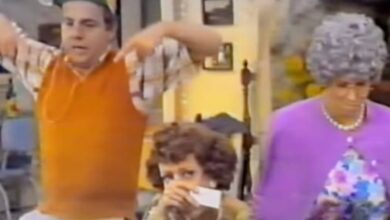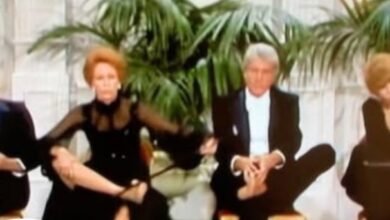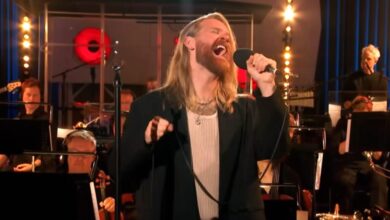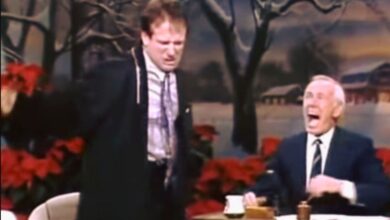Etta James Transformed “At Last” into a Soul-Stirring Masterpiece That Still Echoes Through Time
Few songs have carried the emotional weight and elegance of this 1960 ballad, which later became an anthem of romance and soul. Though it was originally written for a 1940s musical film, it wasn’t until a young powerhouse vocalist lent her voice to the track that it truly found its legacy. That singer was Etta James, whose interpretation would define her career and turn the song into a timeless treasure.
At just 22 years old, Etta James signed to Argo Records, a Chess Records imprint, and began working with producers who believed in her crossover potential. Determined to showcase her emotional depth, they selected a number of standards for her to record. Among these selections was a ballad that would come to define her as one of the greatest voices of her time.
The recording process stretched through most of 1960, during which arranger Riley Hampton created a sweeping orchestral backdrop. This arrangement paired beautifully with James’s raw, soulful delivery, creating a recording that transcended genres. It combined the grandeur of classical instrumentation with the grit of blues and R&B in a way that few songs had done before.
Rather than relying on flashy technique, Etta James’s performance relied on emotional storytelling. Her phrasing, her subtle vocal shifts, and the aching honesty in her voice made listeners feel like they were hearing love itself. Hampton’s orchestra didn’t overpower her—it wrapped around her voice like silk, enhancing every note with lush textures.
Though it was released as part of her debut album in late 1960, the song took a few months to climb the charts. By spring of 1961, it had made its way to number two on the R&B charts and even broke into the pop charts—a significant achievement for a blues singer at the time. The track has remained in rotation ever since, a favorite on oldies stations and wedding playlists alike.
Over the decades, artists from every corner of the music world have paid tribute to this masterpiece. From soul legends to pop stars, the song has been reimagined again and again, yet each version pays quiet homage to James’s original. Her version remains the gold standard—both for its technical perfection and its raw vulnerability.
Its cultural legacy grew even stronger as the years passed. In 1999, the song was honored with a Grammy Hall of Fame induction. A decade later, it was added to the National Recording Registry by the Library of Congress. In 2021, Rolling Stone included it among the 500 greatest songs of all time, cementing its place in music history.
It’s more than just a hit—it’s a symbol. The song has become almost synonymous with weddings, anniversary celebrations, and love stories of all kinds. It captures the moment when two people find peace, passion, and permanence in one another, making it the ultimate soundtrack for romantic milestones.
The song’s instrumentation and James’s passionate delivery work in perfect harmony. Even without words, the arrangement tells a story. But when paired with her voice, it becomes a declaration of emotional truth—a reminder of how powerful simple, honest music can be.
For new listeners discovering it for the first time, the song still feels fresh and powerful. Whether streamed online or played from a dusty vinyl record, its timeless appeal never fades. It continues to introduce younger generations to the magic of Etta James and the emotional depth of classic soul ballads.
Decades later, this ballad continues to define love through music. It’s a stunning example of what happens when heartfelt lyrics, beautiful arrangement, and a singular voice all align. The legacy of the song lives on—not only through Etta James’s unforgettable recording, but also through every couple who’s danced to it and every listener who’s found comfort in its melody.





